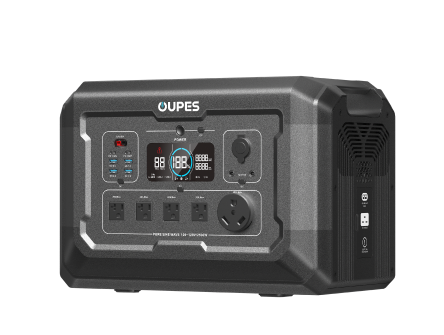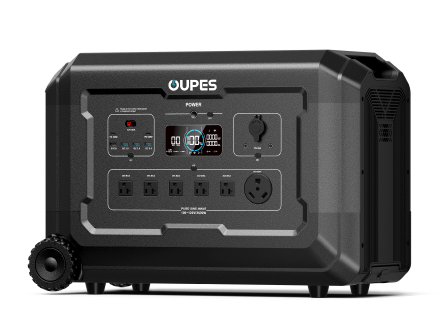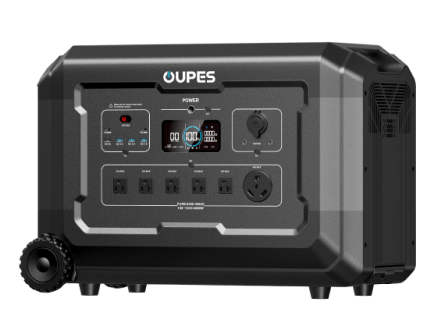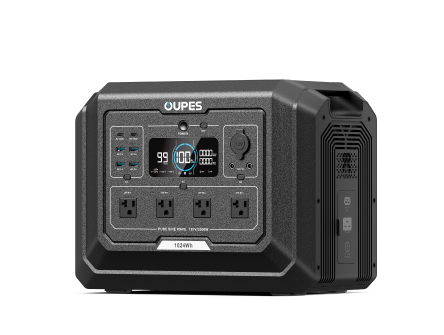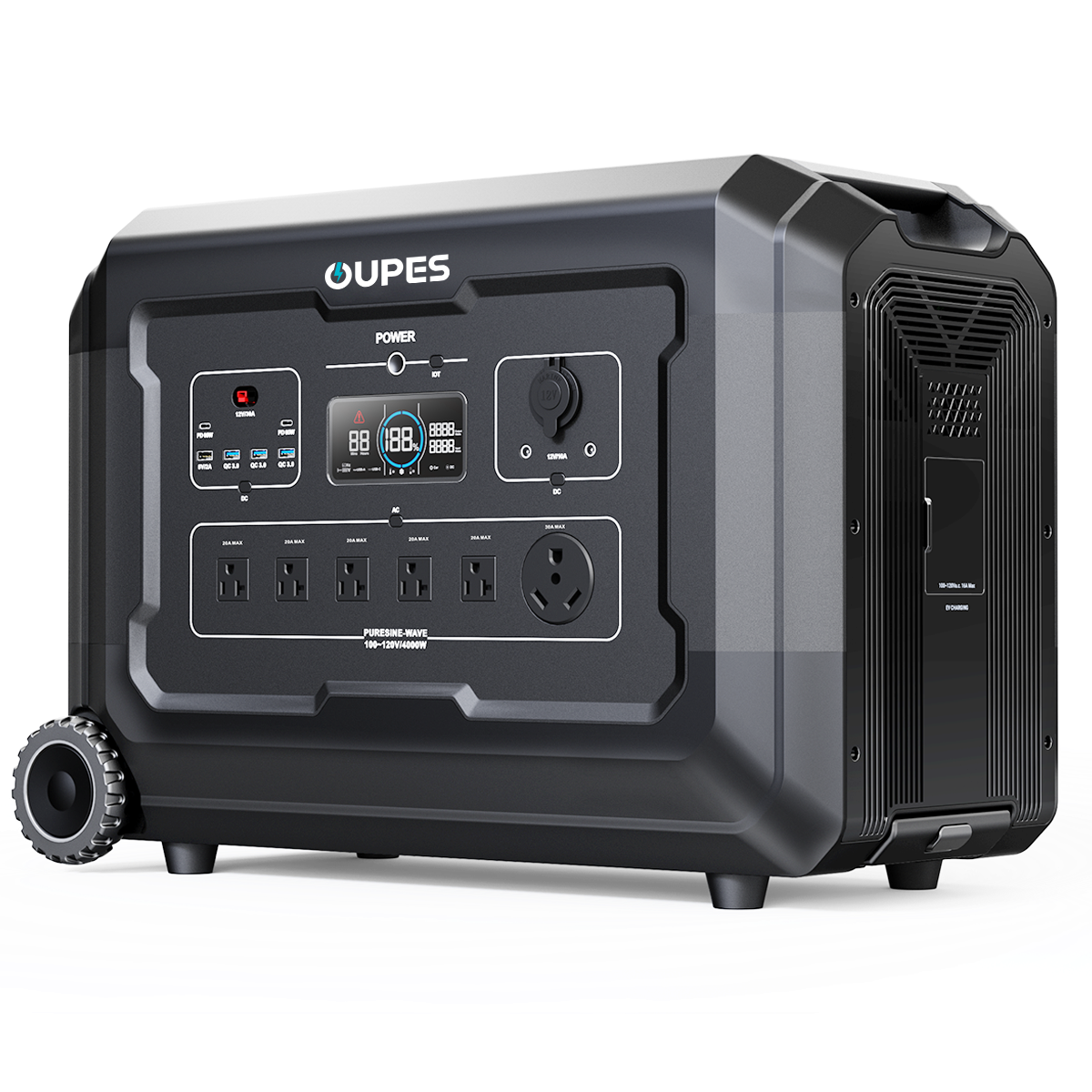
Imagine the eerie silence that follows a violent storm—the hum of refrigerators gone quiet, streetlights extinguished, and phones blinking dead. In this unsettling void, modern life grinds to a halt, exposing our fragile dependence on the electrical grid. Yet amid the chaos, a silent revolution in energy resilience is unfolding, powered not by fossil fuels but by the sun. Portable solar generators emerge as unsung heroes in these critical moments, transforming sunlight into a lifeline when traditional infrastructure fails catastrophically.
As climate change intensifies weather extremes, the frequency of devastating storms increases, making emergency preparedness non-negotiable. Unlike gas generators that sputter when fuel runs out, solar-powered units harness infinite renewable energy, operating silently and emission-free. For families trapped in disaster zones, these compact power stations bridge the gap between darkness and hope, proving that sustainability and survival are powerfully interconnected.
The Critical Role in Immediate Disaster Response
When hurricanes or ice storms cripple power infrastructure, the first 72 hours become a race against time. Portable solar generators deliver instant electricity without the logistical nightmares of fuel scarcity. While traditional generators require stockpiled gasoline—often dangerous to store and impossible to find during shortages—solar units simply need daylight. Models like OUPES' systems with high-gain solar panels can recharge even under overcast skies, powering LED lights to illuminate unsafe spaces, charging radios for emergency broadcasts, and keeping phones alive for SOS calls. Their silent operation is equally vital; noisy gas generators can attract unwanted attention in lawless post-disaster environments where security is compromised.
Emergency responders increasingly deploy these units for field operations. Medical teams power triage tents with solar generators to run ventilators or blood-refrigeration units. Search crews use them to recharge drones mapping blocked roads. Unlike fuel-dependent alternatives, solar units scale efficiently; linking multiple panels boosts capacity without additional fuel burdens. During Hurricane Ian, Florida residents with solar generators maintained sump pumps during flooding, preventing thousands in property damage. This immediate functionality transforms them from convenience gadgets to critical survival tools—especially when grid repairs take weeks.
Health and Safety Preservation in Prolonged Outages
Beyond initial response, portable solar generators safeguard health during extended blackouts. Medications like insulin require refrigeration, while CPAP machines demand nightly power—failures here risk lives. Solar generators reliably maintain these devices, with premium models offering pure sine wave outputs safe for sensitive electronics. Thermal regulation becomes another frontline defense; during Texas' 2021 winter storm, households used solar units to power space heaters, preventing hypothermia when temperatures plummeted. Conversely, in heatwaves, they sustain fans or small AC units to avoid heatstroke.
Water contamination spikes post-storm as treatment plants fail. Here, solar generators power UV purifiers or electric kettles for boiling water, eliminating pathogens that cause cholera or dysentery. Their indoor-safe operation is crucial; gas generators emit deadly carbon monoxide, causing approximately 85 deaths annually in the U.S. during outages. Solar units eliminate this risk while providing clean air circulation through HEPA filters during wildfire-smoke events. For vulnerable populations—elderly, infants, or chronically ill—this technology isn’t just convenient; it’s a barrier between stability and catastrophe.
Sustaining Communication and Mental Well-being
Communication breakdowns compound disaster trauma. Portable solar generators keep devices charged to contact rescue services, locate family via GPS, or access FEMA alerts. During Puerto Rico’s post-Maria blackout, solar-powered community hubs became information oases where residents charged phones under makeshift panels. Psychologically, maintaining connectivity reduces isolation-induced panic and enables access to mental health resources when trauma runs high.
Beyond practicality, these units preserve normalcy—a powerful psychological balm. Powering a router restores internet for remote work or schooling, while a charged tablet provides children’s entertainment amid chaos. Night lights alleviate fear in darkened homes, and cooking appliances enable hot meals instead of cold rations. OUPES’ units with app monitoring even allow users to track energy usage, restoring a sense of control. This emotional scaffolding is invaluable; studies show disaster survivors with sustained routines and connections recover faster psychologically. By powering both devices and human resilience, solar generators address invisible wounds of disasters.
Economic and Environmental Advantages in Recovery
Long-term recovery budgets strain under fuel costs. Gas generators consume $40-$100 daily in fuel—unsustainable for weeks-long outages. Solar generators, after initial investment, harvest free energy. Their durability pays dividends; quality units last 5-10 years, serving through multiple disasters. Unlike fuel-dependent models, they require minimal maintenance—no carburetor cleanings or spark-plug replacements—freeing time for rebuilding efforts.
Environmentally, they prevent post-disaster pollution spikes. Gas generators emit greenhouse gases and spill toxins during refueling, contaminating floodwaters. After Hurricane Katrina, 6 million gallons of fuel flooded New Orleans’ ecosystem. Solar units produce zero emissions, reducing respiratory issues in debris-filled air. Their scalability supports community rebuilding; churches or neighborhoods can pool units for distribution centers, powering tools for reconstruction. As climate disasters increase, this renewable approach aligns mitigation with adaptation—turning emergency gear into everyday sustainability infrastructure.
Building Future Resilience Through Solar Preparedness
The true power of portable solar generators lies in transforming disaster response from reactive to proactive. Households integrating them into preparedness kits gain energy independence, reducing strain on overtaxed relief agencies. Governments now incentivize their adoption; California’s disaster grants subsidize solar units for vulnerable communities. Technological advances—like OUPES’ modular systems accepting multiple input sources—ensure reliability even during prolonged low-light conditions.
Educational initiatives teach safe deployment: positioning panels away from debris, prioritizing medical devices, and energy budgeting during crises. When paired with battery walls, excess solar energy collected pre-storm extends operational capacity. This paradigm shift—from centralized grids to decentralized, renewable networks—redefines resilience. Communities using solar generators recover faster economically, suffer fewer health crises, and maintain social cohesion through sustained communication.
Portable solar generators represent more than backup power; they embody a fundamental reimagining of disaster survival. By converting abundant sunlight into immediate safety, health protection, and emotional stability, they address both visible and hidden crises unleashed by storms. Their silent operation and renewable nature make them indispensable allies in an era of climate uncertainty—where energy resilience directly translates to human resilience.
As storms intensify, these compact power hubs shift the narrative from vulnerability to empowerment. They prove that preparedness isn’t just about enduring darkness but harnessing light—literally and metaphorically—to navigate the aftermath with dignity, security, and hope. Investing in solar-powered resilience today builds a foundation for surviving tomorrow’s unforeseen tempests, one photon at a time.

